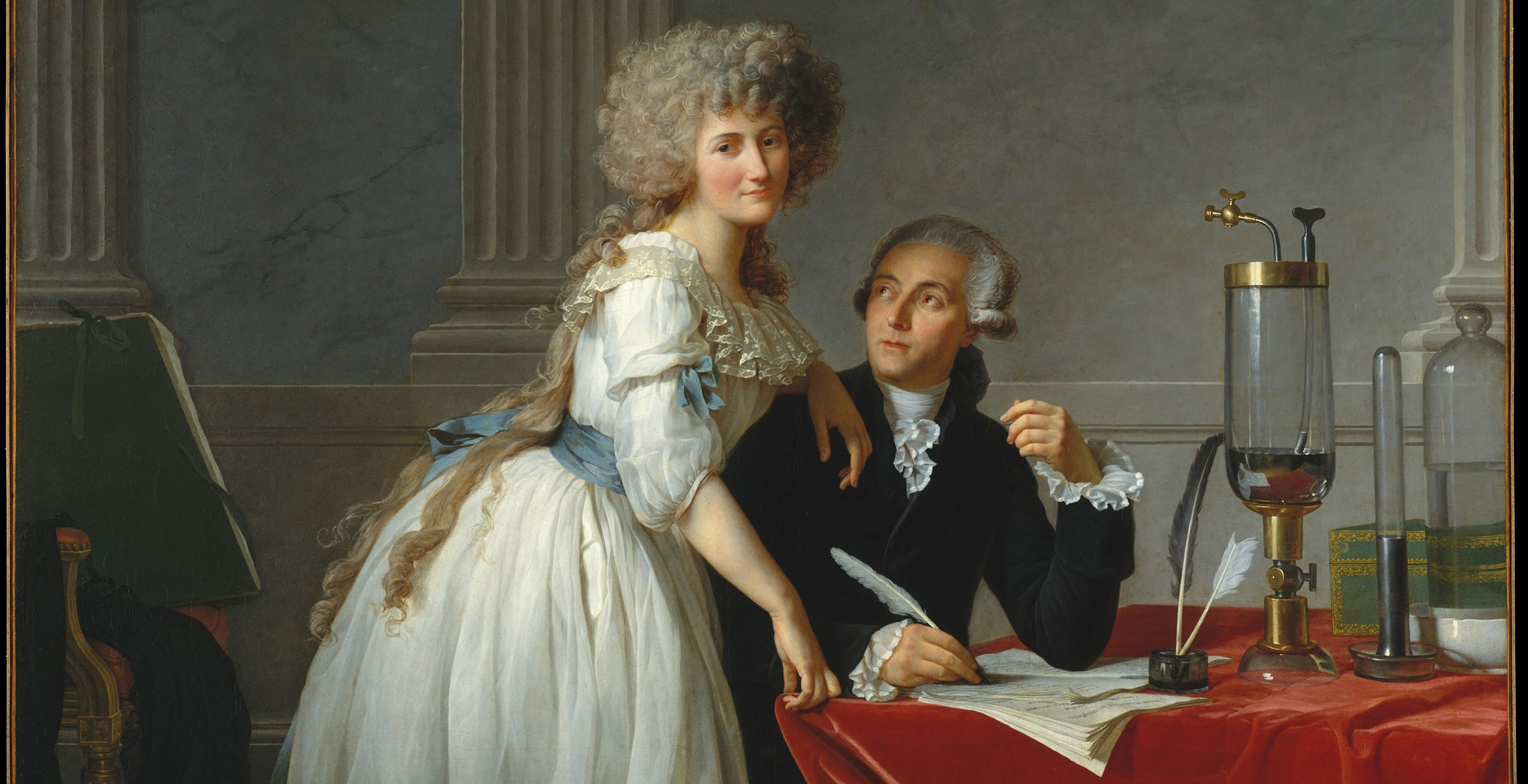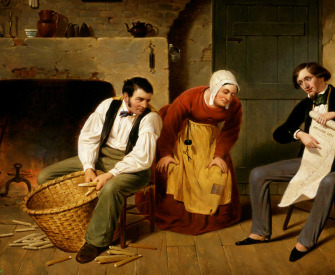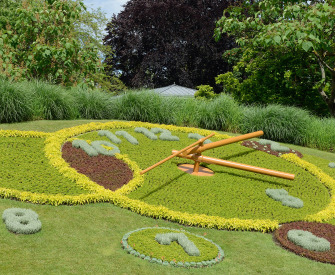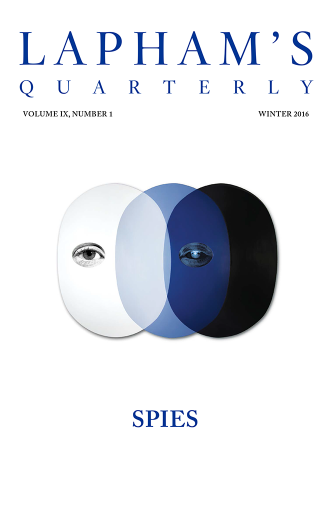The unknown is the largest need of the intellect.
—Emily Dickinson, 1876First Principles
Women get liberated, together.
Consciousness-raising groups are the backbone of the Women’s Liberation Movement. All over the country, women are meeting regularly to share experiences each has always thought were “my own problems.”
A lot of women are upset by remarks men make to us on the street, for instance, but we think other women handle the situation much better than we do, or just aren’t bothered as much. Through consciousness raising, we begin to understand ourselves and other women by looking at situations like this in our own lives. We see that “personal problems” shared by so many others—not being able to get out of the house often enough, becoming exhausted from taking care of the children all day, perhaps feeling trapped—are really political problems. Understanding them is the first step toward dealing with them collectively, whether in forming a day-care center, exploring job possibilities, or planning the best strategy for getting our husbands to help with the housework.
A consciousness-raising group consists of a small number of women (generally not more than twelve) who meet informally once a week at a member’s home or women’s center. Ask friends to bring friends—it isn’t necessary to know everyone. Sisterhood is a warm feeling!
A different topic could be chosen each week, and everyone discusses it in terms of her own life. Go around in a circle, each woman talking in turn so that everyone speaks. Here is a partial list of topics that other groups have discussed:
Why did you marry the man you did? (Or date the man you do?)
How do you feel men see you?
How do you feel about housework? What does your husband do around the house? Do you feel guilty when your house is dirty?
Do you think that what you do with your day is as important as what your husband does with his day?

Antoine-Laurent Lavoisier and His Wife (detail), by Jacques-Louis David, 1788. The Metropolitan Museum of Art, Purchase, Mr. and Mrs. Charles Wrightsman Gift, in honor of Everett Fahy, 1977.
What did you want to do in life? What kept you from doing it?
How did you learn as a little girl what “feminine” meant? Do you worry about being “truly feminine”? What does “femininity” mean to you in terms of your own life?
What did you do as a little girl that was different from what little boys did? Why? Did you ever want to do anything else?
What did your parents teach you about sex?
How do you feel about menstruation? How did you feel when you had your first period?
What was your first sex experience?
What is a “nice girl”? Were you a “nice girl”?
Do you pretend to have an orgasm?
Have you had an abortion?
How do you feel about being pregnant?
Do you enjoy taking care of your children? All the time?
What hopes do you have for your daughter? For your son? Are these hopes different? If so, why?
Do you think you could get a better job? Why not?
Do you compete with other women? In what ways?
Are you economically dependent on a man?
How do you relate to women of a different economic status and/or race? What things do you have in common? What things differ?
What do you feel about lesbianism? What do you know about it?
Who was Sojourner Truth? Elizabeth Cady Stanton? What do we know about our history as women?
What is the basis of love between a woman and a man? Between a woman and a woman? Between parent and child?
About This Text
Chicago Women’s Liberation Union, from “How to Start Your Own Consciousness-Raising Group.” Formed in 1969 in Palatine, Illinois, the CWLU was the first and largest socialist feminist women’s union in the United States. On the vanguard of the second-wave women’s movement, the group ran an abortion-counseling service as well as a legal clinic and a rape crisis line, and advocated for better childcare and workplace equality. The process of consciousness raising, wrote the historian Linda Gordon in 2013, “was, ideally, one of group discovery, of shared empirical learning that led to generalization and theory.”


